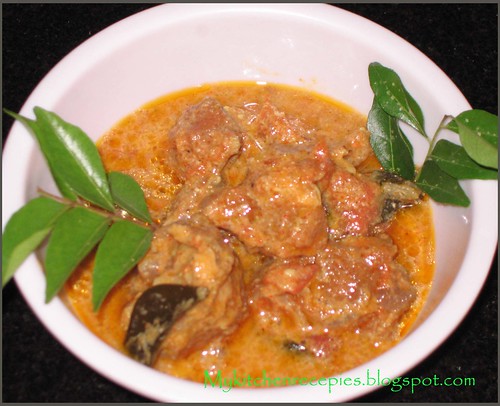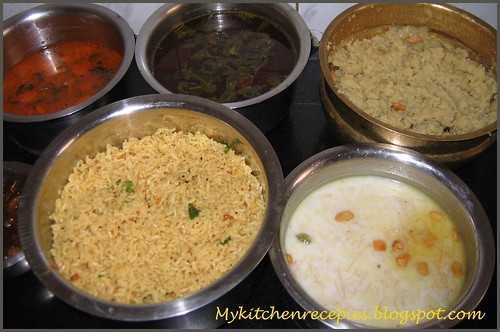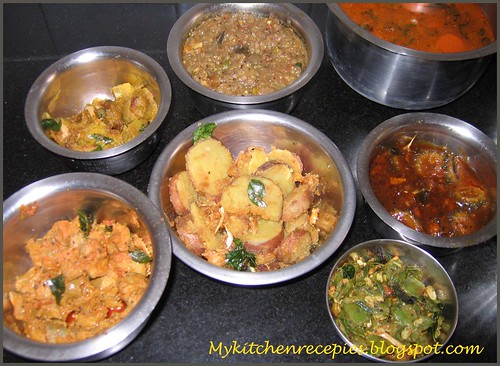 Buying and installing new home heating system is an extremely important investment.
Buying and installing new home heating system is an extremely important investment. The proper heating system for your home will not only keep you and your family warm and safe, it will also run smoothly with minimal problems. It could significantly reduce your monthly heating costs, and it can even enhance the value of your home. And, since investing in a new heating system is a decision you will have to live with for many years, you’ll want to put a lot of thought and legwork into your decision and choose wisely.
Here are six basic rules, concepts and considerations to guide you in the process of shopping for and choosing the right heating system for your home and family.
1. BIGGER IS NOT BETTER.
In order to get the most heat and most efficiency, you should invest in the biggest heating system possible, right? WRONG! One of the most common and most costly mistakes customers make when buying a new heating system is getting one that is too big for their home. For most people, an oversized heating system will cost you more to purchase and to operate...not to mention leave you less comfortable.
If your heating system is over-sized, it will overheat quickly, cool down, then overheat again. Your house will cycle between feeling too warm and feeling too cool. This wastes energy, increases your heating bill and results in a home that is less comfortable. Plus, it increases the wear and tear on your heating equipment and shortens its life.
According to the Environmental Protection Agency, nearly half of all existing heating systems sold are over-sized, and this results in 20% wasted energy each year! How does this happen? Many heating contractors simply replace an old heating system with one of the same size or larger. Or they’ll make a rough, ballpark guess on how large the system should be based on the square footage of your house. Or they'll simply go along with the homeowner who unknowingly asks for a bigger system, thinking that “bigger is better”...even though the contractor knows otherwise.
Rule #1...don’t buy an oversized heating system just because you want to make sure your home is warm. Choose a heating contractor who will take the time to help you determine the heating system that best fits your size and style of house to keep the home at a nice even, comfortable temperature, with the most efficient effort, the least waste of energy and the least wear and tear on equipment.
2. SMALLER AND CHEAPER IS NOT BETTER.
Another common mistake is to buy a new heating system that is too small to keep your home warm and comfortable. There are two reasons why this happens.
One reason is because a heating contractor may recommend a smaller, less expensive heating system so that he can underbid everyone else and get your business. He’ll look like a hero, because his price will be so much lower...but you'll be left shivering on cold winter days.
Another reason may have to do with improperly sized and installed air duct and forced-air systems. The National Comfort Institute says that as many as one-third of the nation's air duct systems are improperly sized and installed, and many return air systems are undersized by up to 30-50%! If you’re air ducts are too small, your furnace will have to work harder to push the air through them and this results in equipment problems and system breakdowns.
Rule #2...make sure you buy a big enough heating system to keep your home warm and comfortable without straining your equipment.
3. DO YOUR HOMEWORK.
Any heating contractor you work with should study your home thoroughly before giving you a proposal. The Environmental Protection Agency recommends that you should only hire a heating contractor who asks questions; measures windows, doors, floors and ceilings; checks insulation; calculates system load,and fixes system problems that may compromise comfort and cost you money. More specifically, you should make never purchase a heating system from a contractor unles he first completes an analysis of your home and checks a list of factors that include:
- The size and style of your house
- How well insulated or airtight your home is
- How much useful sunlight comes in through the windows
- How much heat the lights and appliances give off
- The condition of ducts and pipes
- Your typical thermostat settings
- The number of occupants in the home
Your contractor should take all of these factors into account by doing a computer load calculation. This calculation helps the heating contractor determine how much heat the heating system must generate on the coldest days in order to keep you comfortable. The heating contractor should measure all rooms, check insulation, check windows and doors, and input all data into special industry software to calculate heat loss/gain.
In addition, your heating contractor should ask you a lot of probing questions, such as:
- Are there any drafty areas in the home?
- Do you have moisture problems?
- Do you have hot or cold rooms?
- Are you about to make any changes to your home?
- How have your heating bills been the last several months?
- Has anyone in the home been sick or had trouble breathing recently?
Finally, you heating contractor may perform tests to check for drafts and measure indoor air quality. These tests help determine exactly where and how your house might be leaking air, and what you can do about it. They should also check for carbon monoxide, dust, pollen, allergens and other invisible air emissions that can cause respiratory and other health problems. These tests will show you ways to make your home safer and more comfortable while lowering your monthly utility bills.
4. THE INSTALLATION EQUATION
How well your heating system is installed is as important as the quality of the system itself. Even with the right equipment, if your heating system is not installed properly, you could end up with higher energy costs and a less comfortable home.
According to industry data, about 65% of how well a heating system's performance is directly related to how well the heating system is designed, installed, and calibrated. Bad installation accounts for the loss of 30% to 50% of the heat in most homes. And over 66% of equipment failure is a result of poor installation and lack of proper maintenance.
When installing your new heating system, your heating contractor should make sure all the elements of your heating system are tuned and adjusted to work together properly. Your heating contractor should balance the airflow by making sure that the setting on the furnace fan is matched to the size and specs of your ductwork and furnace; this ensures that air flows smoothly and consistently through your home without annoying hot and cold spots.
Your heating contractor should also customize and calibrate the setup and operation of your new heating system so that it operates at peak performance and efficiency within the unique conditions of your home. After installing your heating system, your heating contractor should always tune your furnace or boiler and test for efficiency; this is very important because heating equipment which was tuned and adjusted at the factory is probably not attuned and adjusted to work in your home's environment.
5. KEEP AN EYE ON COSTS
The ongoing costs of operation of your heating system are as important as the upfront costs of purchase and installation. To determine which model is the best buy for your needs, you need to compare not only the initial cost to buy and install the system, but also how much it will cost you to operate your system. Your heating contractor or technicians can help you determining which make and model is the most cot-effective to operate andhelp your calculate how much your can expect to save in monthly heating costs by upgrading to a more efficient system.
Make sure you know the energy efficiency of the system you are purchasing. Older, conventional furnaces or boilers can often have an energy efficiency rating lower than 65%. Today’s more energy-efficient heating systems have efficiency ratings that range from 78% to 97% for forced air systems and 80% to 95% for hot water systems. Upgrading to a new, more efficient heating system has the potential for reducing your monthly heating bills by 20-40%.
The extra money you spend for a high-efficiency model will pay you back in energy savings in a relatively short time. For example, suppose you are choosing between a unit with an efficiency rating of 78% and one with a rating of 93%. The higher-efficiency system will cost $500 more, but will probably save you, on average, about $137 each year in operating costs. So you will recover the $500 additional upfront cost in less than five years. If you are not planning to stay in the home long enough to reach the payback point, you may wish to choose a lower-priced model. But remember...a high-efficiency heating system can be a good selling point when it comes time to sell your home.
6. THINK “OUTSIDE THE BOX”
Try to think about home heating as an integrated system rather than as pieces of equipment. Many heating contractors focus on getting the sale by pricing “boxes” (heating equipment only) instead of offering total heating solutions. But to get the heating system that is just right for your home, you have to realize that there is a lot more to your heating system than just a “box in the basement.”
When getting bids from companies, don’t just get a bid for installing a new furnace or boiler. You should also get bids on the cost of buying and installing a complete new system, including any fittings and adjustments required and any changes to the ductwork and piping, plus balancing and adjusting the whole system to work together. It may cost more to have everything done right, but the benefits and the payback are almost always well worth it. Remember: you are investing for the long term. The heating system you finally get will affect your comfort and your heating bills for years.
More From Horizon Services...If you're thinking about installing a new heating system or replacing your existing heating system, Horizon Services help. Horizon comfort consultants and installation technicians follow all of the guidelines described above.
A FREE In-Home Energy Analysis from Horizon is your first step in finding the right heating system for your home.








 Recipe:
Recipe: 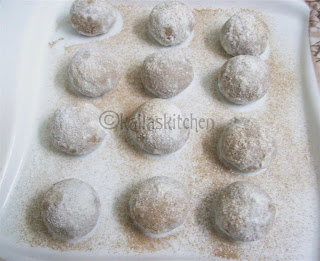

.jpg)





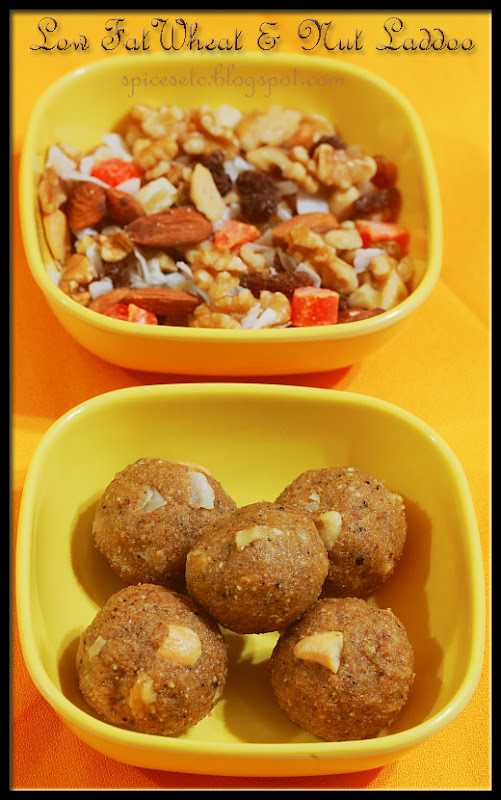



.jpg)


 I still feel that this water roux recipe is great! With the same recipe, it could makes different kind of sweet buns including this peanut butter buns. There turn out real soft! I used my homemade sugar free peanut butter so I find it not sweet enough. Please use a good peanut butter like the brand of PLANTERS (oh..I love it) or any organic 100% pure peanut butter for better texture.
I still feel that this water roux recipe is great! With the same recipe, it could makes different kind of sweet buns including this peanut butter buns. There turn out real soft! I used my homemade sugar free peanut butter so I find it not sweet enough. Please use a good peanut butter like the brand of PLANTERS (oh..I love it) or any organic 100% pure peanut butter for better texture. 
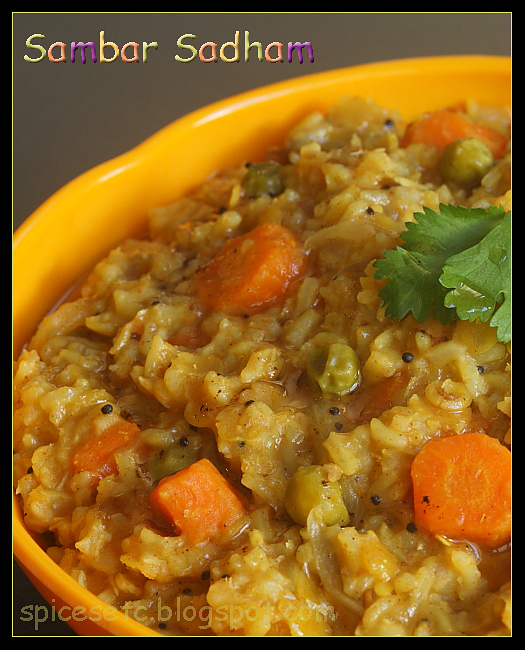
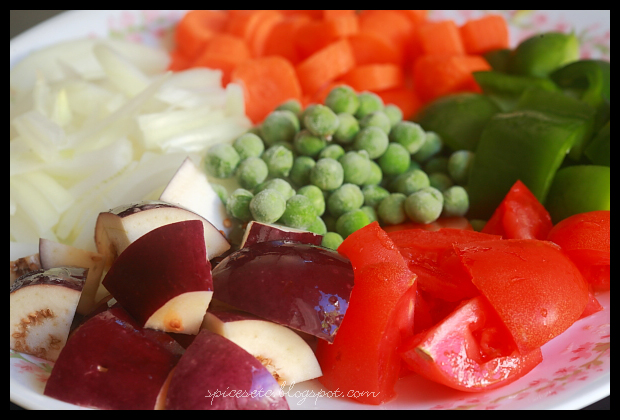




.jpg)





